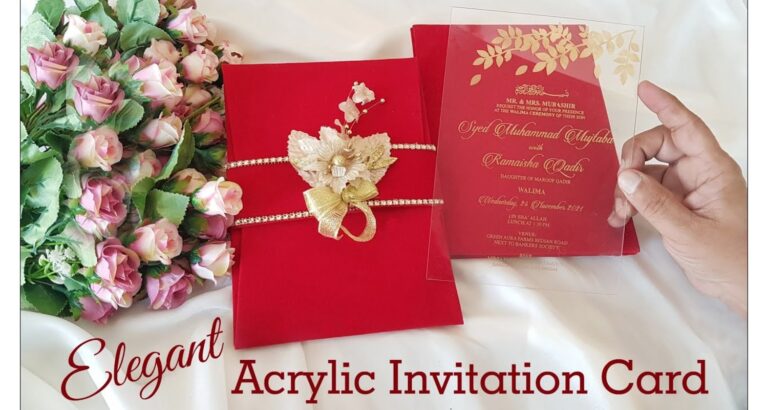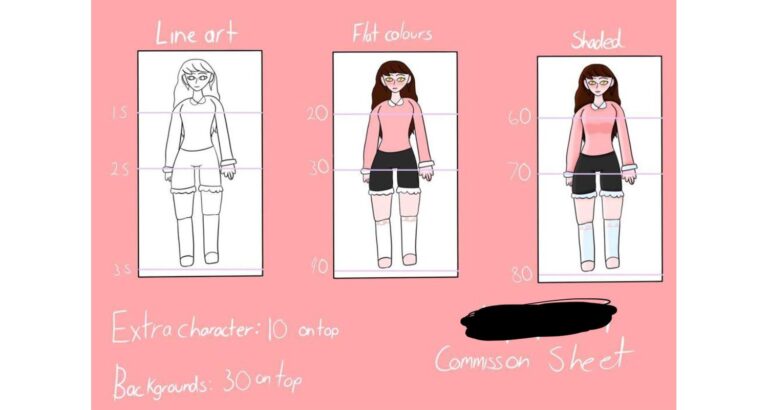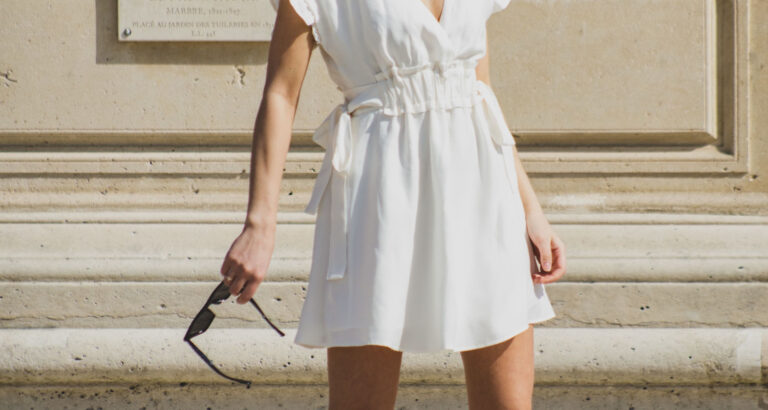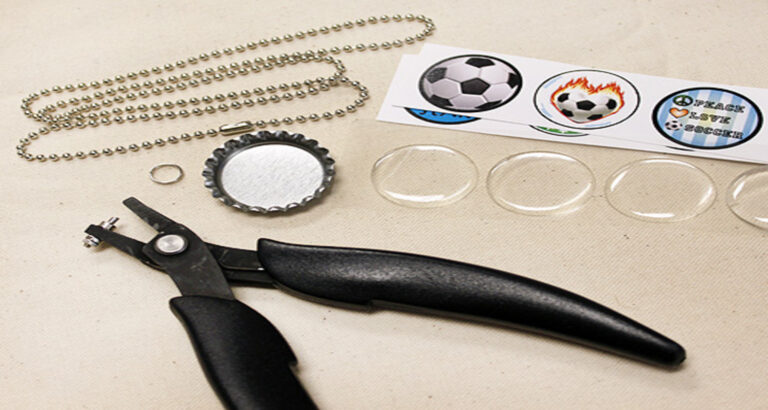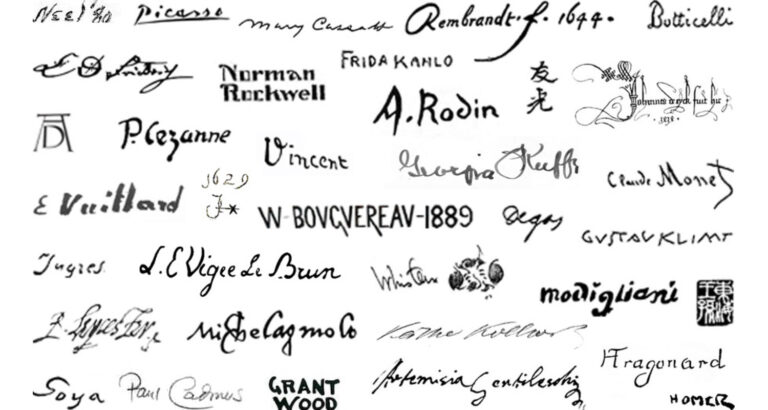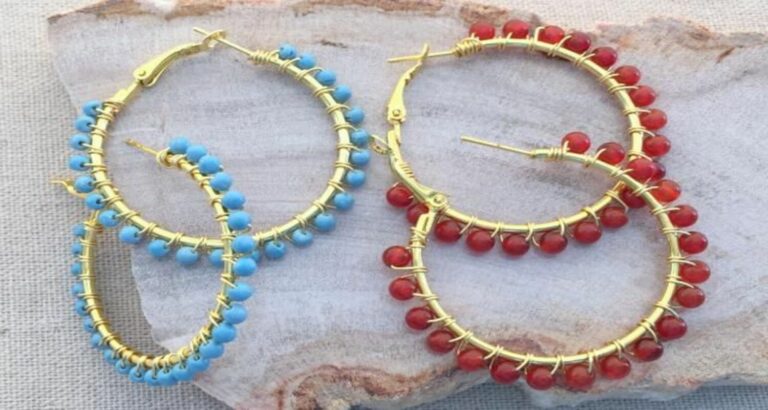Unlock the magic of balloon art now! Don’t miss out on creating fun, colorful sculptures that light up any room. This guide will teach you the simple steps to twist and tie balloons into amazing shapes. Whether for a party or just for fun, learn how to become a balloon artist today!
To make balloon art, start with a long, quality balloon. Inflate it, leaving about a three-inch tail. Twist sections to create basic shapes like dogs or swords. Secure twists by looping and tucking the balloon segments.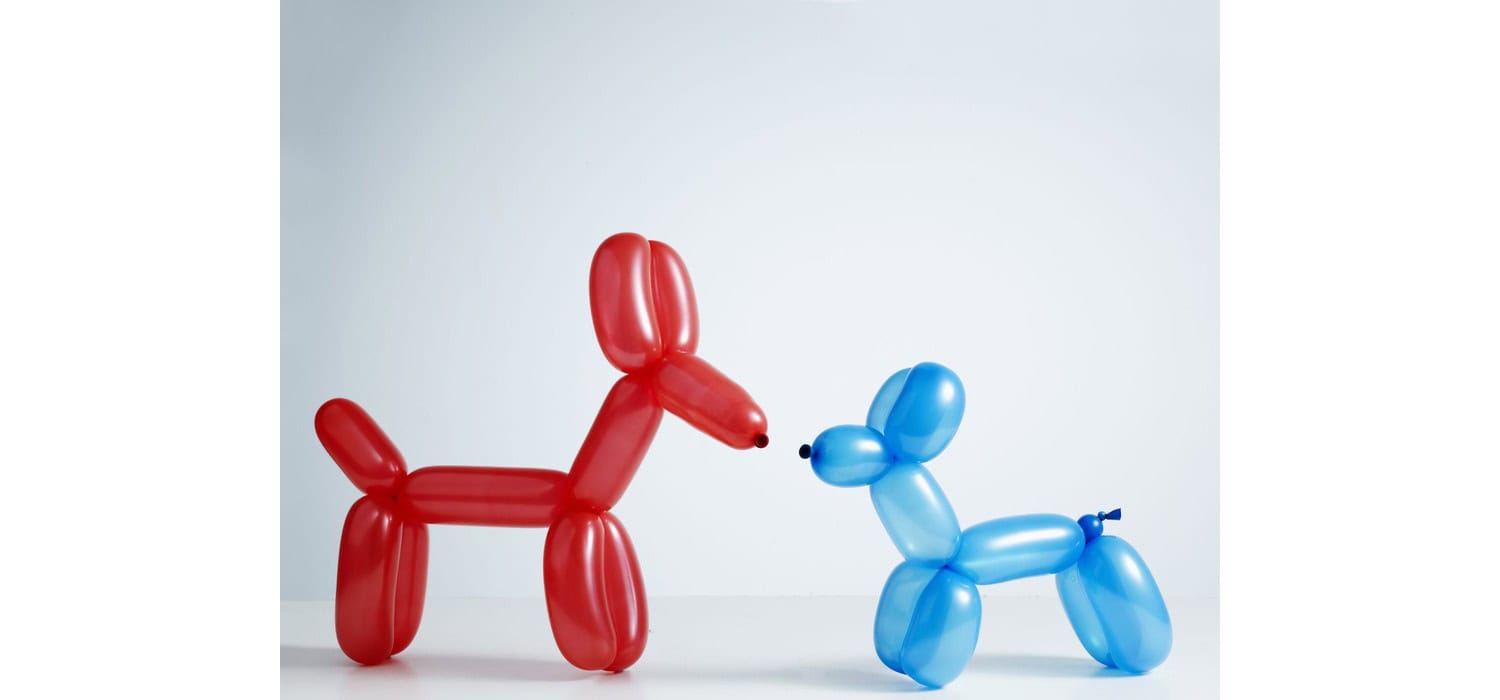
Keep reading to master more balloon art techniques! With each section, you’ll gain confidence and skills. Transform any event with your creations. Let’s dive in and make your balloon art stand out!
Basic Techniques and Tools Needed
- Getting started with balloon art requires mastering a few basic techniques and having the right tools. First, choose high-quality balloons that are durable and flexible. A good air pump is essential to avoid fatigue from blowing up balloons manually. Begin with simple shapes like dogs or swords to build your confidence.
- Practice is key to perfecting your balloon art. Start with the basic balloon twist: pinch the balloon and twist it several times in the same direction. This technique forms the foundation of all balloon designs. Ensure each twist is tight to prevent unraveling.
- A balloon artist’s toolkit isn’t complete without a variety of balloon sizes and colors. Long, thin balloons are versatile for intricate designs, while round ones are great for adding decorative details. Having a mix of colors allows for creative, vibrant creations.
- Staying organized is crucial. Keep your balloons and tools in a portable kit. This makes it easy to set up and clean up, whether you are practicing at home or performing at an event. Label compartments to find everything quickly.
- Watch online tutorials or take a class to improve your skills. Learning from experienced artists can introduce you to new ideas and techniques. Practice these methods regularly to integrate them into your repertoire.
- Finally, always have repair supplies on hand. Balloons can pop or deflate, so having extra balloons, adhesive tape, and a marker for details can save your artwork. Being prepared makes you more reliable and professional as a balloon artist.
Essential Materials for Balloon Art
- Successful balloon art starts with the right materials. High-quality balloons are the most important. Look for brands specifically made for twisting. These balloons are more elastic and less likely to burst under pressure.
- A reliable air pump is another must-have. It speeds up inflation and ensures uniformity in size, which is crucial for consistent results. Manual pumps are affordable, while electric pumps are ideal for large volumes.
- Invest in a variety of colors and sizes. Standard 260 balloons are perfect for beginners, but adding small and large sizes can diversify your creations. Metallic or neon colors can make your designs stand out.
- Organize your materials in a carrying case. This makes transportation easier and helps you stay organized during events. A case with compartments is best, allowing quick access to different colors and tools.
Basic Balloon Twists
- Mastering basic balloon twists is essential for any aspiring balloon artist. Start with the lock twist, crucial for securing segments together in complex designs. To perform a lock twist, make two twists close together and lock them by folding and pushing one through the other.
- The fold twist is another fundamental technique. It is often used to create animal ears or wings. Fold the balloon at the desired length and twist it several times at the base to secure it.
- Practice these techniques to build a solid foundation. With each twist you master, you’ll be able to tackle more complex designs. Remember to keep your twists tight and even to maintain the shape and integrity of your balloon creations.
- Encourage yourself to experiment with these basics. Mixing different twists can lead to new and exciting designs. The more you practice, the more skilled you’ll become, turning simple balloons into impressive art.
Simple Projects for Beginners
Starting with simple balloon projects is a great way for beginners to get into balloon art. These easy designs require minimal technique but are impressive enough to delight anyone. Below are three projects that are perfect for novice balloon artists: a balloon dog, sword, and flower. Each design teaches basic twists and provides a foundation for more complex creations.
Dog Balloon
- The balloon dog is a classic starting point in balloon art. First, inflate a 260 balloon, leaving a three-inch tail. Begin with a basic twist about two inches from the nozzle to form the nose. Follow with three more consecutive twists, each about three inches apart, to form the ears and neck.
- Next, create the front legs. Twist two three-inch segments and lock twist them together at their bases. Now, add about a four-inch segment for the body.
- Finally, repeat the leg process to create the back legs. Twist two more three-inch segments and lock them as you did with the front legs. Adjust the proportions as needed, and your balloon dog is ready!
Balloon Sword
- A balloon sword is a hit at any party, especially for children. Start by inflating a 260 balloon, but leave a four-inch tail. Begin at the nozzle end and make a small one-inch bubble. This will be the handle guard.
- Hold the bubble in place and make a loop. Twist the base of the loop back into the main part of the balloon right where the bubble ends. This creates the handle.
- The remainder of the balloon forms the blade. Straighten it to emphasize the sword shape. You can add a slight twist in the middle if you want to define the handle and blade more distinctly.
- This simple balloon sword is quick to make and perfect for sword fights at parties because of its safe, soft construction.
Balloon Flower
- Balloon flowers add a splash of color and are simple to create. Inflate a 260 balloon and leave a six-inch tail. Starting near the nozzle, make a small one-inch bubble. This will be the center of the flower.
- Create five more three-inch bubbles. After each bubble, twist it back into the center bubble. These will form the petals of the flower.
- After the last petal, twist the remaining balloon around the base of the petals to lock them in place. Adjust the petals so they spread out evenly from the center.
- Balloon flowers can be a charming addition to any event, and with practice, you can create a bouquet in various colors.
These projects will build your confidence in balloon twisting and are sure to be a hit at any gathering. With just a few balloons, you can bring joy and color to any event.
Safety Tips While Handling Balloons
- Balloon art is fun, but it’s important to handle balloons safely to prevent accidents. Always choose a well-ventilated area for balloon twisting. Balloons can pop unexpectedly, and the loud noise could startle someone, especially in a confined space.
- Wear eye protection when inflating or twisting balloons. Small pieces can fly off if a balloon bursts, posing a risk to your eyes. Simple safety glasses or even sunglasses can help protect against this.
- Keep balloons away from sharp objects. Even small punctures can weaken a balloon and cause it to burst later when you least expect it. Check your work area and remove any potential hazards before starting.
- Be mindful of latex allergies. Some people are allergic to latex, which most balloons are made from. Always have alternatives like foil balloons when performing at public events or parties.
- Finally, regularly moisturize your hands. This reduces friction between your skin and the latex, making it easier to twist without tearing the balloons. Plus, it protects your skin from drying out from repeated contact with latex.
Precautions and Safety
- Balloon art should always be supervised, especially with children involved. Ensure that young children do not put balloons or balloon pieces in their mouths, as this poses a significant choking hazard.
- Teach children how to use air pumps properly. Instead of allowing them to inflate balloons by mouth, which increases the risk of choking, use manual or electric pumps under adult supervision.
- Keep deflated balloons out of reach of children. Store them in a secure container or room that young children cannot access. This simple precaution can prevent accidental swallowing of uninflated balloons.
- When balloons pop, clean up immediately. Collect all pieces of the burst balloon to ensure that no small parts are left behind that children could find and put in their mouths.
- Encourage the use of ear protection for children sensitive to loud noises. Balloon pops can be startling and scary, particularly for younger children or those with sensory sensitivities. Providing earplugs or earmuffs can make a balloon art session more enjoyable for everyone.
By following these safety tips and precautions, balloon artists and participants can enjoy creating and viewing balloon art without unnecessary risks. Ensuring a safe environment is key to having fun and fostering creativity within this colorful and expressive art form.
FAQ Section
1. What are the easiest balloons to twist for beginners?
The easiest balloons for beginners are 260 balloons. They're flexible and perfect for basic twists, making them ideal for first-time balloon artists.
2. How do you make a simple balloon twist?
To make a simple balloon twist, inflate the balloon, leaving a tail. Pinch and twist a small section several times in one direction. This base twist is essential for creating various balloon sculptures.
3. What age is appropriate for balloon twisting?
Balloon twisting is suitable for ages 8 and up. It develops fine motor skills and creativity, making it a great activity for older children and adults alike.
4. How long does it take to learn balloon twisting?
Learning basic balloon twisting can take a few hours of practice. Mastering more complex designs might require additional time and practice to perfect the techniques.
5. Can balloon art be profitable?
Yes, balloon art can be profitable. With skill and creativity, balloon artists can work at parties, events, and workshops, turning their craft into a viable business or side income.
Conclusion
Balloon art is a fun, creative skill that’s easy to start and rewarding to master. From basic dogs and swords to colorful flowers, the projects outlined here can be created with just a few twists and turns. Practice these techniques to impress at your next party or event, and share your creations with us!

I am Sammy and I blog at Live it. Love it. Make it. It is creative lifestyle blog run by best friends H and Sammy. Head over and follow our crafty adventures!

